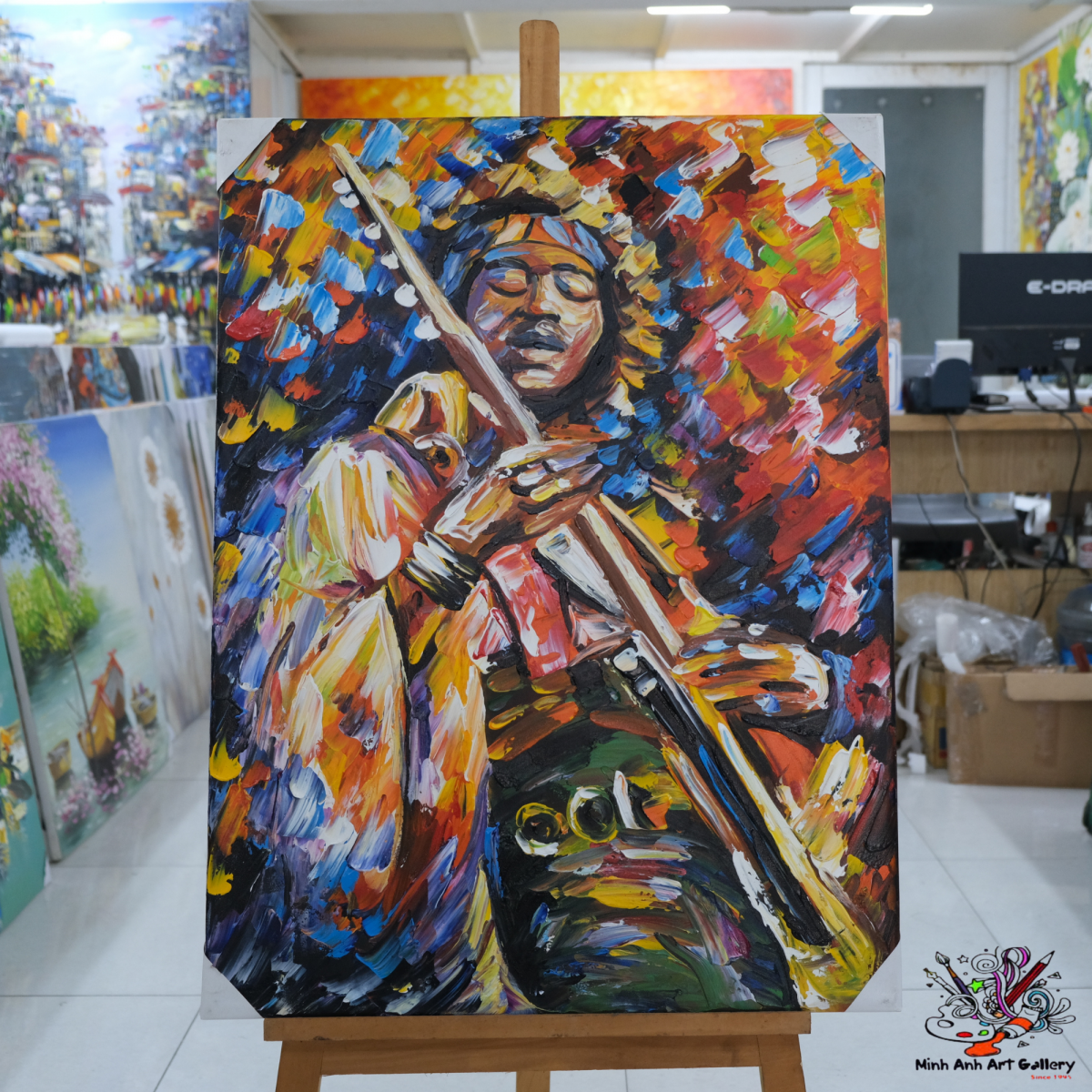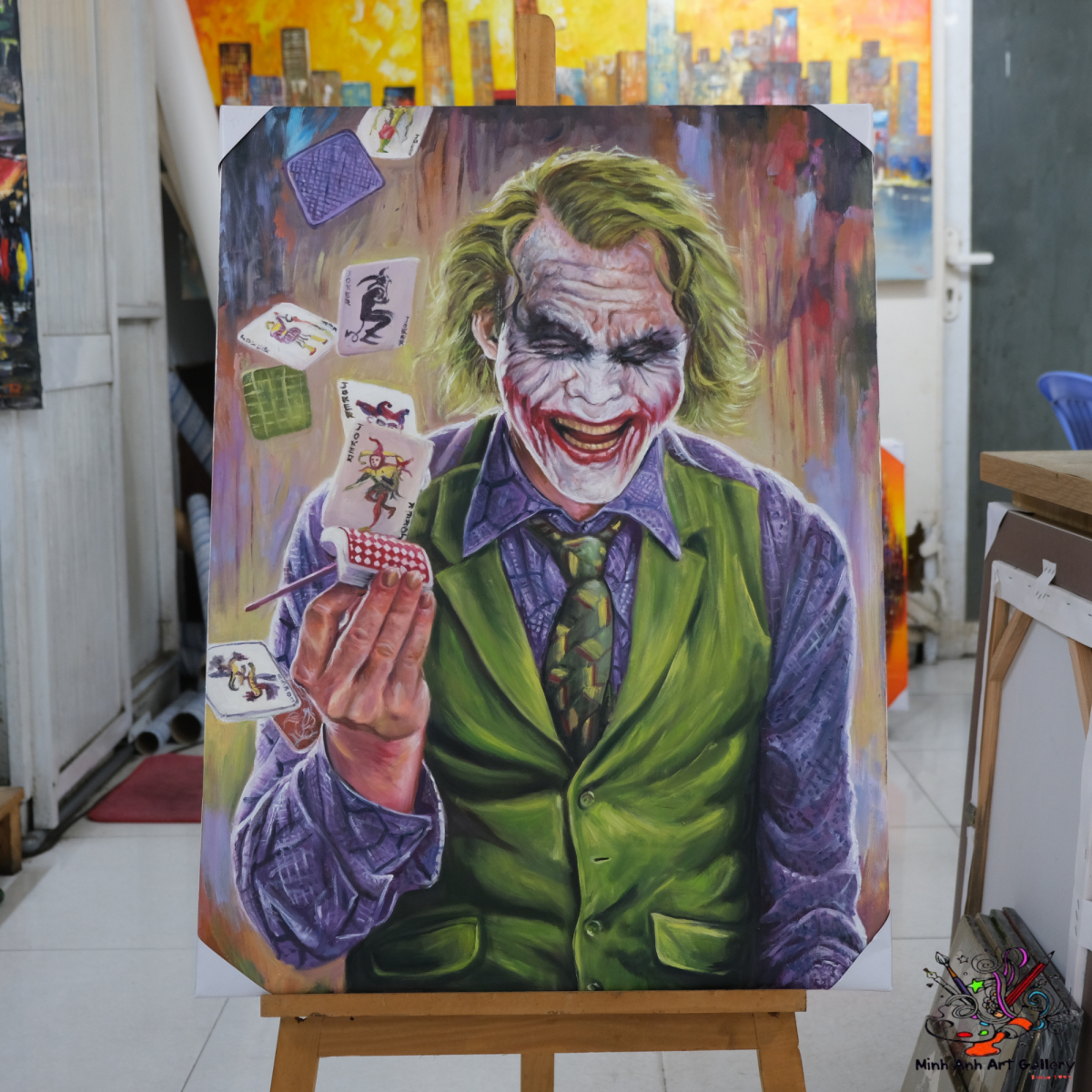Stepping into an art gallery shouldn’t feel like walking through a museum of silence—it should feel like walking into a story. That’s exactly what immersive rooms bring to the table. These aren’t just walls with frames; they’re spaces that breathe, listen, and speak to your visitors. An immersive room lets you turn your art collection gallery into a living, breathing narrative.

People don’t remember facts—they remember how you made them feel. Immersive gallery spaces create emotional touchpoints. Visitors won’t just see the brushstrokes; they’ll feel the heartbeat behind them.
Before you even sketch a floor plan, you need a vision. This is where the story of your collection begins.
What is the soul of your gallery? Is it to showcase the evolution of abstract expressionism? Or perhaps to highlight Southeast Asia's emerging artists?
Every art gallery collection tour should follow a narrative arc—beginning, middle, and end. What emotions do you want your guests to walk away with?
Not every piece needs to be on the wall. Curate your selection with intent—think about what belongs, what connects, and what can breathe life into the story.
Even the best ideas fall flat if the space doesn’t support them.
Start with the basics. Natural lighting brings warmth, while targeted artificial light can draw attention. Sound can soothe, excite, or transport visitors.
Your space should be easy to navigate. Smooth transitions from one room to another encourage natural exploration and keep visitors engaged throughout the tour.
Now comes the fun part—bringing your space to life.
Your walls aren’t just for hanging art—they’re part of the experience.
Dark hues create intimacy. Bright colors evoke joy. Textured surfaces can mirror the complexity of certain pieces. Match the environment with the theme of your modern art collection.
Light is more than visibility—it’s drama.
Skylights can offer a divine touch. But if your fine art collection includes pieces sensitive to sunlight, soft LED lighting with adjustable intensity is your best friend.
Use focused beams to guide the eye. Your visitors should be led, not overwhelmed.
Want your audience to feel calm, nostalgic, or intrigued? Audio can make that happen.
Gentle instrumentals for watercolor displays, eerie tones for surrealism, or even silence for impact—your ears shape your emotions.

We live in a digital world—your gallery should embrace it.
Imagine pointing your phone at a painting and watching the artist appear to talk about it. VR allows you to time-travel. AR adds invisible layers to the visible world.
Use QR codes to guide guests through your art collection online. Let them dig deeper, even after they’ve left the room.
Just like a novel has chapters, so should your tour.
Organize by time periods. Let viewers walk through decades or centuries in a seamless flow.
Group artworks by mood—tranquil, chaotic, joyful, sorrowful. This creates a rollercoaster of emotions that keeps the tour dynamic.
Curation isn’t just selection—it’s storytelling with a scalpel.
Your job as a curator is part magician, part psychologist. You’re designing feelings, not just aesthetics.
Some visitors are wanderers, others prefer structure. Offer options: guided tours and free-form exploration.
You’ve built something beautiful—now show it off!
Create teaser videos, 3D walk-throughs, or interactive maps on your website. Let people experience a taste of your art collection online before they even arrive.
Partnering with private art galleries or local art bloggers helps expand your reach. They can amplify your voice, bringing new eyes to your masterpiece.
Why reinvent the wheel when you can be inspired?
Look at how famous art collections in Paris, New York, or Tokyo design their exhibitions. What techniques can you adapt and make your own?

An immersive gallery room isn’t just about walls and lights—it’s about crafting a moment that lingers long after the visitor has left. It's a love letter from the artist to the viewer, signed with emotion and sealed with memory. By combining thoughtful layout, engaging storytelling, and strategic use of technology, your art gallery collection tour can transform from a visit to a vivid experience. Now, it’s your turn to bring your collection to life.
1. What is an immersive art gallery experience?
An immersive experience is where visitors feel emotionally and physically engaged through light, sound, space, and interaction—not just passive viewing.
2. How do I use technology to enhance my gallery tour?
You can use VR, AR, and QR codes to offer layered content, artist stories, or behind-the-scenes insights that deepen the viewer’s connection to the art.
3. How do I choose artworks for an immersive tour?
Start with a theme or story. Then, select pieces from your collection that support the narrative emotionally and visually.
4. What role does lighting play in an immersive room?
Lighting can dramatically affect mood, highlight key pieces, and direct the visitor's journey through your space.
5. Can immersive rooms work for smaller galleries?
Absolutely. Even a small room, if carefully designed, can create a powerful and memorable immersive art experience.
Message:
Crafted with passion for Minh Anh Art Gallery – Where every collection tells a story. Visit us at https://minhanhart.vn/ or 101 Bui Vien St, District 1, HCMC.